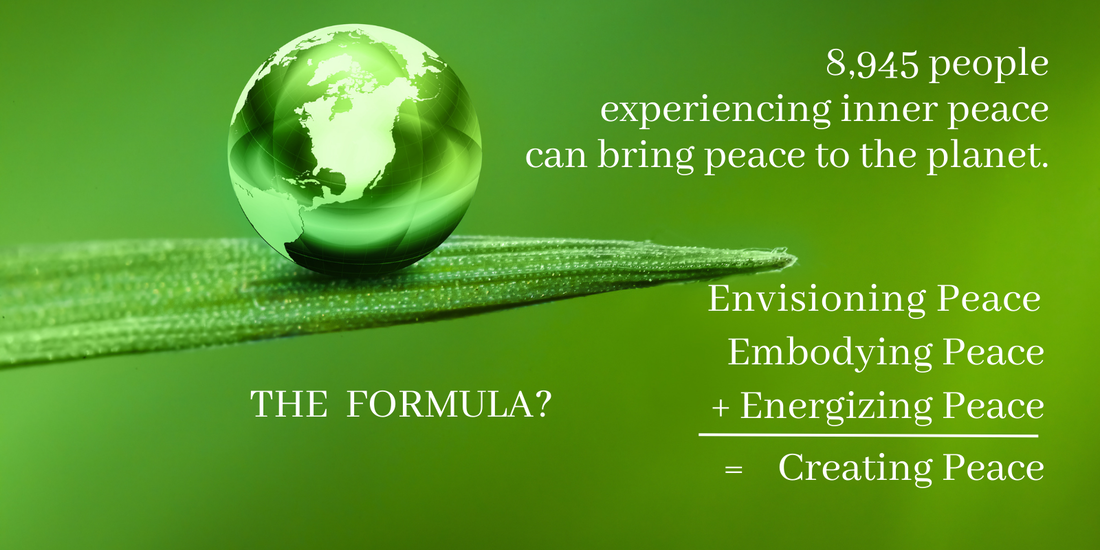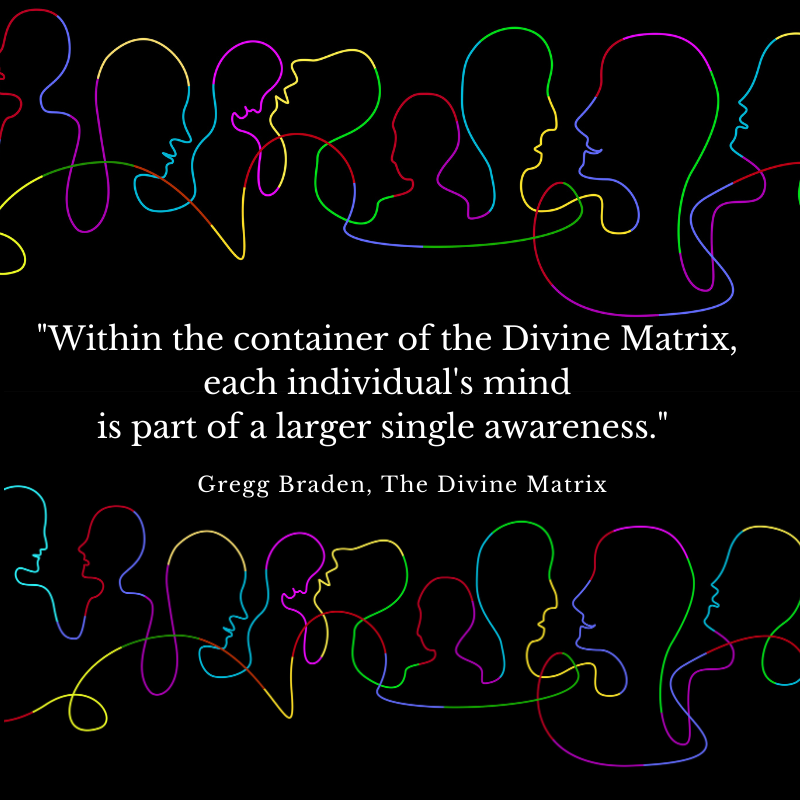HOW PEACEFUL IS OUR WORLD?
The 2023 Global Peace Index (GPI) indicates that the level of global peacefulness has deteriorated, with the average country score falling by 0.42%. This is the thirteenth deterioration in peacefulness in the last 15 years, with 79 countries reporting deterioration over the past year.
This year's results also indicate:
Iceland remains the most peaceful country in the world, a position it has held since 2008. It is joined at the top of the index by Denmark, Ireland, New Zealand, and Austria. Afghanistan is the least peaceful country in the world for the eighth consecutive year, followed by Yemen, Syria, South Sudan, and the Democratic Republic of the Congo.
The war in Ukraine had a significant impact on global peacefulness, with Ukraine and Russia having the largest and fifth largest deteriorations in peacefulness respectively. Haiti, Mali, and Israel were the other countries with the largest deteriorations.
The largest improvement in peacefulness occurred in Libya for the second successive year, followed by Burundi, Oman, Côte d'Ivoire, and Afghanistan. Europe is the most peaceful region in the world and is home to seven of the ten most peaceful countries. The other three most peaceful countries are in the AsiaPacific region. The Middle East and North Africa (MENA) region remained the world’s least peaceful region. The United States ranks 131 out of 163 countries.
(Source: Institute for Economics & Peace, Global Peace Index 2023: Measuring Peace in a Complex World, Sydney, June 2023. Available here.
This year's results also indicate:
Iceland remains the most peaceful country in the world, a position it has held since 2008. It is joined at the top of the index by Denmark, Ireland, New Zealand, and Austria. Afghanistan is the least peaceful country in the world for the eighth consecutive year, followed by Yemen, Syria, South Sudan, and the Democratic Republic of the Congo.
The war in Ukraine had a significant impact on global peacefulness, with Ukraine and Russia having the largest and fifth largest deteriorations in peacefulness respectively. Haiti, Mali, and Israel were the other countries with the largest deteriorations.
The largest improvement in peacefulness occurred in Libya for the second successive year, followed by Burundi, Oman, Côte d'Ivoire, and Afghanistan. Europe is the most peaceful region in the world and is home to seven of the ten most peaceful countries. The other three most peaceful countries are in the AsiaPacific region. The Middle East and North Africa (MENA) region remained the world’s least peaceful region. The United States ranks 131 out of 163 countries.
(Source: Institute for Economics & Peace, Global Peace Index 2023: Measuring Peace in a Complex World, Sydney, June 2023. Available here.
IS THERE A SOLUTION?
Each person’s mind is part of a larger single awareness and contains the pattern of the whole consciousness. For those whose paradigm is in alignment with this way of thinking about humans and connectedness, this presents an opportunity to affect positive change in the world through a meeting of the minds. That is called "subtle activism."
The results of the “International Peace Project in the Middle East”, published in the Journal of Conflict Resolution in 1988, identified the minimum number of people needed to experience and radiate inner peace before it can be mirrored in the surrounding world: the square root of 1% of the population. As of July 2020, there were about 7.8 billion people on the planet. Round that number up to 8 billion. The square root of 1% of 8 billion = 8,945.
The results of the “International Peace Project in the Middle East”, published in the Journal of Conflict Resolution in 1988, identified the minimum number of people needed to experience and radiate inner peace before it can be mirrored in the surrounding world: the square root of 1% of the population. As of July 2020, there were about 7.8 billion people on the planet. Round that number up to 8 billion. The square root of 1% of 8 billion = 8,945.


